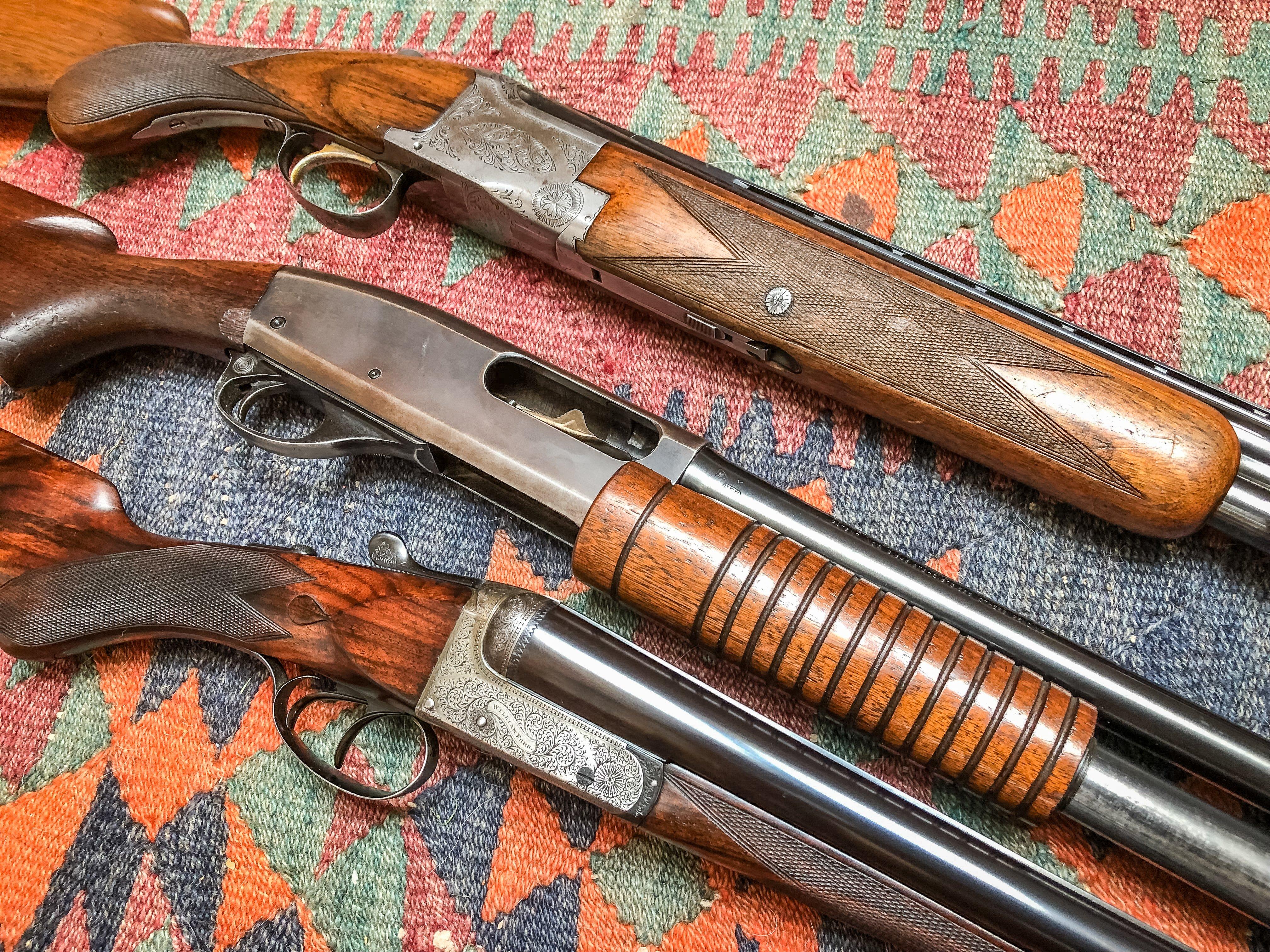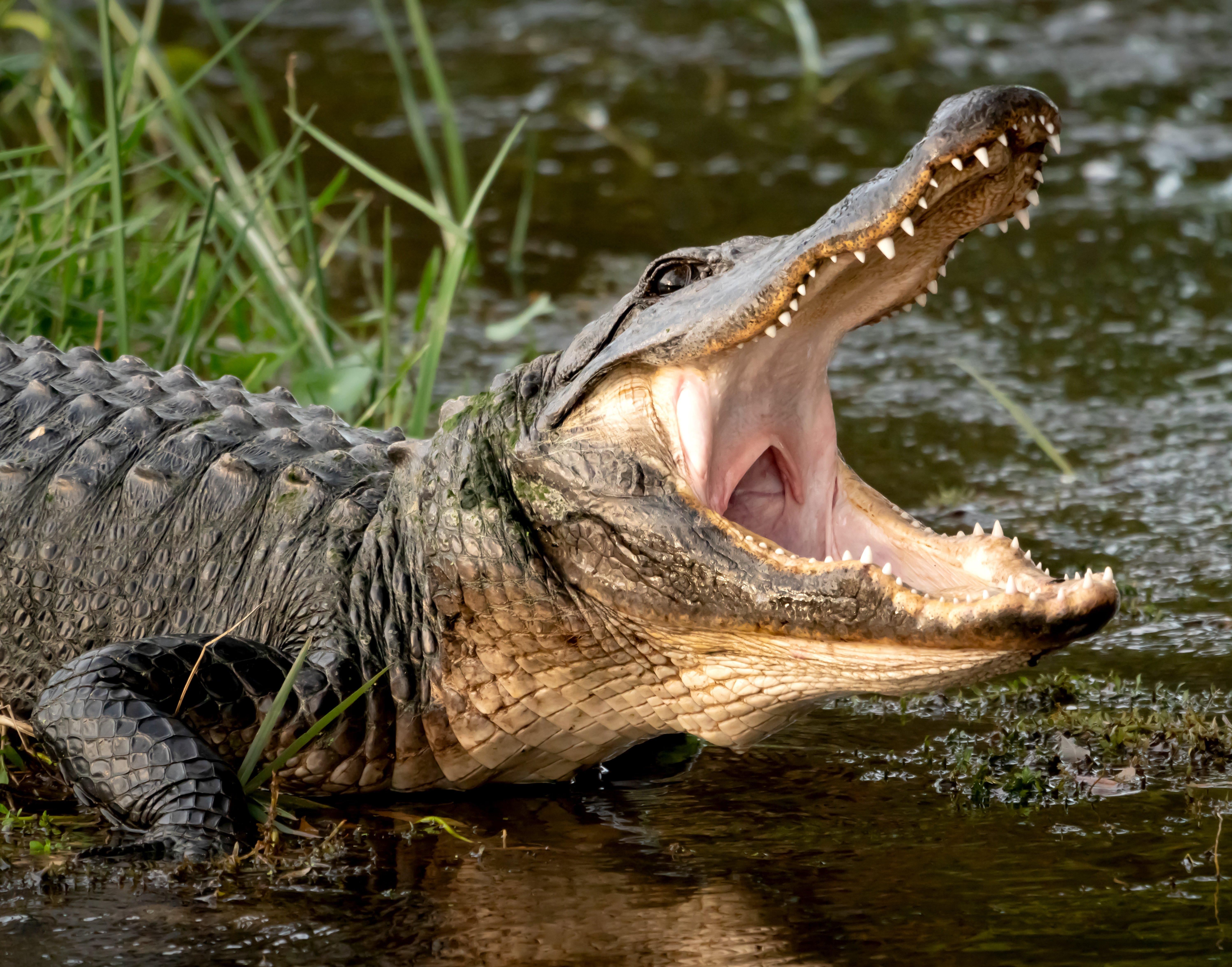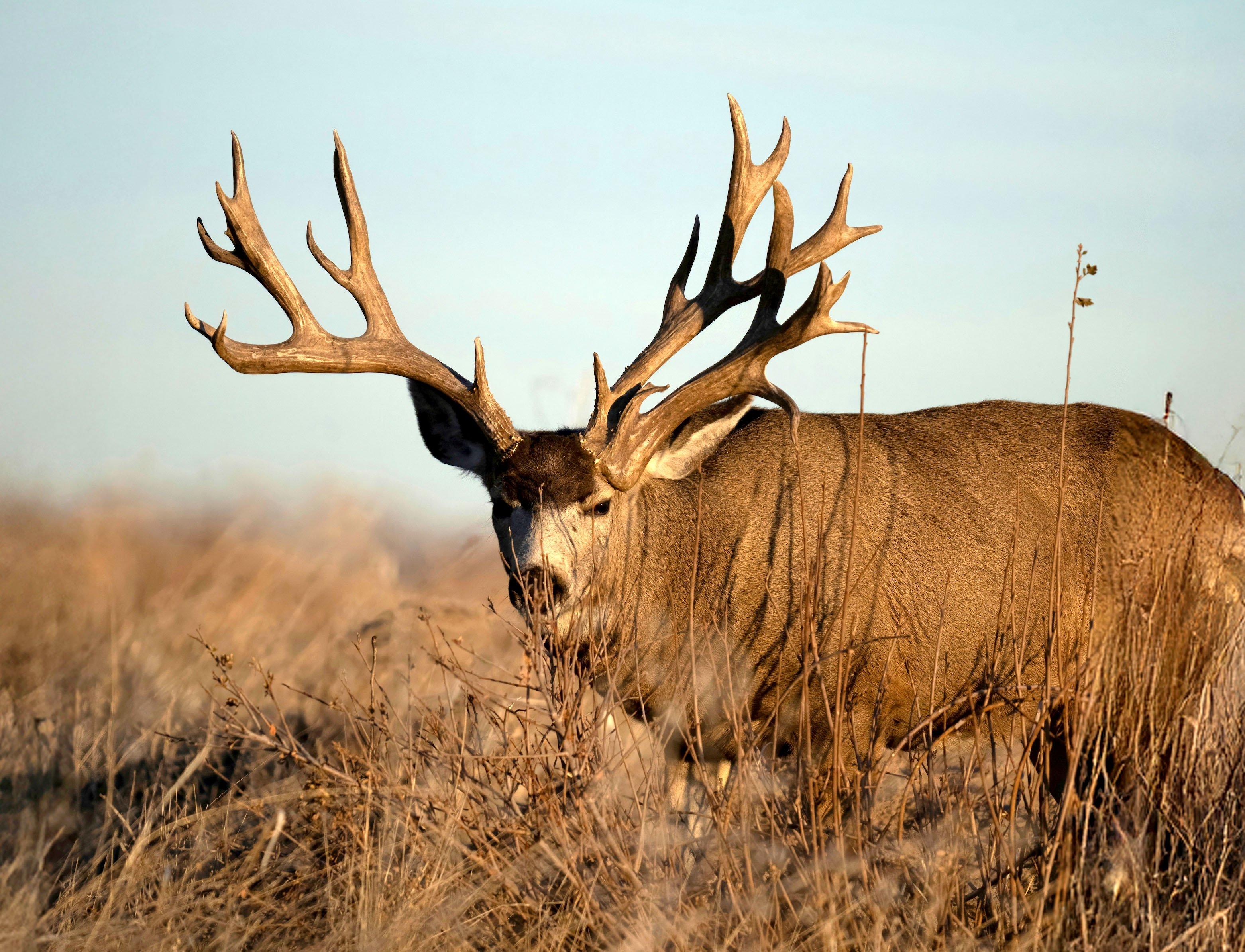Most hunters are exhausted after the season ends, but a few cleanup chores will prevent a decoy disaster next fall

Sorting and storing decoys is just one of the tasks waterfowl hunters should complete after the season. Photo by Bill Konway.
The end of waterfowl season hits hard for many reasons. First, you can’t do what you love for almost a year. Also, you face the big job of cleaning, caring for and storing all that gear.
But don’t look at that as a task. Instead, consider it as an opportunity to plan and prepare for next year. Here are a few critical considerations to address before relaxing into post-season depression.
DECOYS
Get those fakes out of your boat or bags. If the weather allows, wash, rinse and dry them, and then store them in a dry place. Shelving works great for stacking individual decoys, and even a large sheet of plywood in your garage rafters lets you pile fakes out of the way. Hang Texas-rigged blocks vertically on hooks. While you’re at it, inspect all decoy lines and anchors. Replace worn or faulty gear, or at least make a note to do so before next season.
Don’t Miss: How to Set Up a Snow Goose Gun
SHOTGUNS
If you ground out multiple hunts through several weeks, your duck gun likely needs a thorough cleaning, no matter if it’s a pump, double-barrel, gas-operated semi-auto or inertia-operated auto. Disassemble it completely, even taking the trigger assembly out of pumps and autos. Give the barrel a thorough flush with bore cleaner and swab out all grime. Then, give the bore a good coating of CLP or a quality gun oil. Likewise, clean all spent powder and grime away from the inside of your gun’s receiver and operating mechanisms. Pay special attention to removing grit and residue from gas-operated autos. When everything’s clean, give those metal parts a good dose of oil or CLP, and then reassemble, wipe off, and store your gun in a safe or other dry place.
On a side note, make sure your ammo is dry before you put it on the shelf. Discard water-damaged cardboard shell boxes, and look for any rust on the brass and primers of your shells. Then store ammo in a cool, dry area.
BOATS AND MOTORS
Duck boats take a beating during the season. Before you put yours away, thoroughly clean the hull and deck with marine-grade soap to remove dirt, dried blood, and other debris. As you clean, note any damage the boat or motor might have suffered during the season, whether from breaking ice, bouncing over timber or banging the prop on rocks.
Pay special attention to your motor, whether it’s an outboard, inboard, or air-cooled mud motor. Drain all water from the motor’s lower unit. Add fuel stabilizer to the fuel tank, and run the motor for a bit to work the treated gas through the motor. Disconnect the battery. That will increase its life. And immediately after the season or before using the boat again, change the spark plugs, oil and filters.
If you store the boat outside or in an otherwise dirty environment (think old barn), cover it to keep out dust, dirt, leaves and precipitation. Factory covers vary in quality, so a custom cover is a good option if your budget allows.
Don’t Miss: How to Set a Killer Decoy Spread for Snow Geese
APPAREL AND ACCESSORIES
Clean off your waders, and hang them in a cool, dry spot. Folding them or rolling them up can lead to leaks in the seams.
Remove batteries from your spinners, spotlights or other electronic gear. And remind yourself to insert fresh batteries before next year’s opener.
Finally, pay some attention to your calls — you know, those things into which you’ve been blowing spit and tobacco juice for 60-plus days. Give them a thorough cleaning with hot water. Check the cork for cracks or wear, and replace it if necessary. (It’s a good idea to replace it at least every other season anyway.) Likewise, examine the reed for cracks, and replace it if needed. With that complete, you can work on your sound frequently as you count down the days until the next duck season.

















































